|
Like many of the items sold by kit car companies of the day, the photos were very misleading and many buyers were frustrated with what they got when the kits arrived: No opening doors, hood or trunk, a 90" wheelbase for a 94-1/2" chassis, and very incomplete instructions.
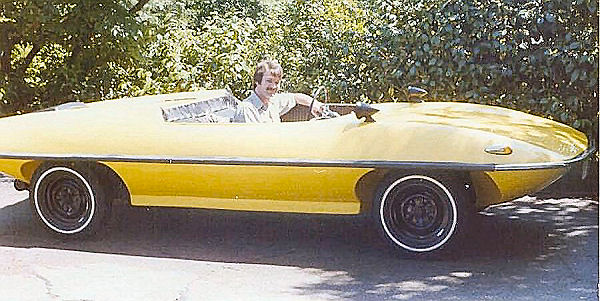
Eric Curry built this CRV kit car in the late 1969 or 1970 with help from his dad. The body was Cycolac and has the original CRV shape. A bulge was added to the rear deck to clear the VW motor. Note how the rear wheels sit back too far because the VW chassis was too long for the CRV body without modification. Like many builders, the car was finished without doors or a front luggage compartment.
|
From the few examples I have seen, it appears that the first bodies sold were thermoformed by Marbon from the original CRV molds without any changes. Sometime later, modifications were made to the molds to allow for a different windshield and a raised area on the rear deck to accommodate the taller VW engine. The lower half of the body was also modified along the rocker panels. Some Cycolac bodies were molded in this configuration.
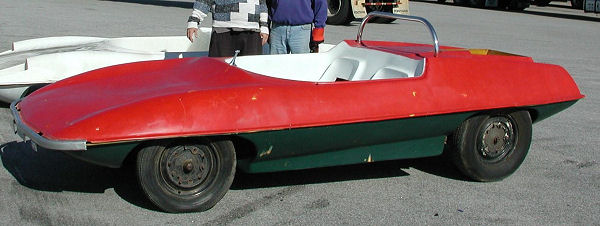
Note the modifications on this Cycolac CRV body. A raised area was added to the cowl to accommodate a legal windshield, the rear deck has a raised portion that runs from the back of the seats to the end of the trunk, and the lower rocker panels have been given a diagonal shape, perhaps to change the rear wheelwell opening. (Photo by Geoff Hacker)
|
Eventually, Marbon ceased thermoforming the bodies all together and either loaned or sold Allied the original CRV body molds. The kit car company then made a fiberglass version of the original CRV halves that have no modifications to the body style.
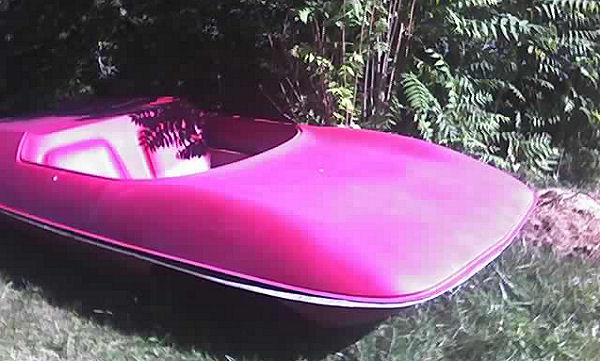
This untouched, fiberglass body was recently purchased in West Virginia. It has the original shape of the CRV with no modifications. The owner is scratch building a metal space frame and mounting a Corvair engine in the car.
|
Later, a drastically modified version of the CRV was released in fiberglass called the "Seagull." Changes included larger front fenders with headlights that were mounted farther back and cut into the fender tops, modified interior panels, and separate rectangular engine cover with a raised area for the VW engine, and a modified lower half. The bottom half had raised areas molded around VW suspension parts and a molded-in engine shroud.
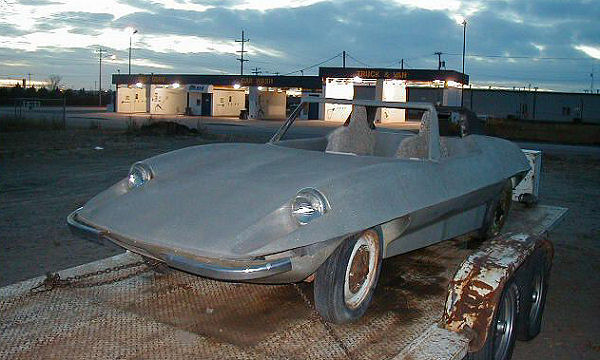
Here is a Seagull that was sold in Kansas several years ago. It has the optional seats and windshield frame/roof.
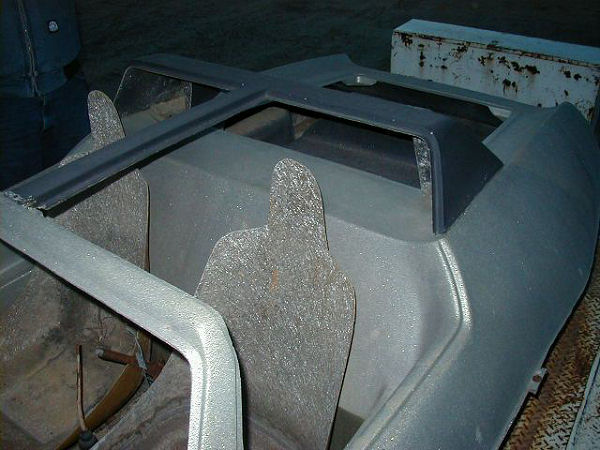
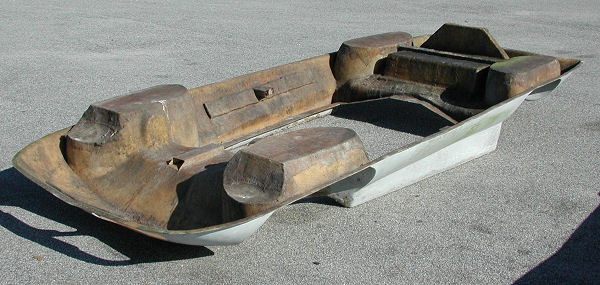
This photo shows the areas of a Seagull body that were molded to fit over the VW chassis. Note the engine shroud in the rear. (Photo by Geoff Hacker)
|
Of the various survivors that have show up, the Seagull seems to be the most common. With its' optional roof panels, modified interior, optional seats, and opening engine lid, it was probably the easiest kit to complete.
Eventually, Allied and its' various divisions relocated and evolved into Everett-Morrison which is now located in Texas where they build replica Shelby Cobras. When I contacted them about the CRV molds they responded that they were damaged during shipping and destroyed. Too bad.
If you happened to be one of the many folks that owned one of these kits, I would love to hear from you and/or see some photos of your car. Please contact me at Nkw1965@aol.com.
Piranha Homepage
|